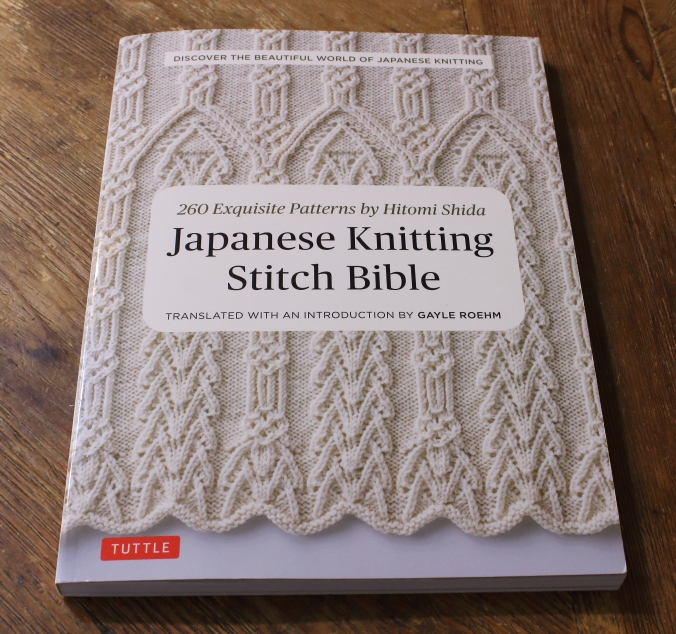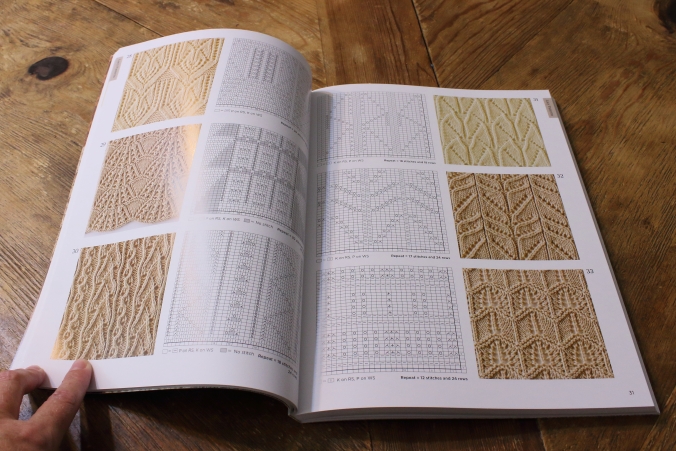I don’t want to reinvent the wheel here and there are already many great resources available for reading knitting charts. Two of my favorites for covering the basics and beyond are from Knotions and Tin Can Knits. Here are links to both: https://knotions.com/knoted/tutorial-read-knitting-chart/ and https://blog.tincanknits.com/2014/06/06/how-to-read-a-knitting-chart/
Or this video is a very clear look at beginning chart reading: https://www.youtube.com/watch?v=ytbcX5R6G98
For a more in depth look at reading charts I also like this from Brooklyn Tweed: https://www.brooklyntweed.com/reading-charts/
Instead of hashing back over things that many others have already presented really well, in this post I want to offer some quick examples of charts from some of my designs. Basically a knitting chart gives you a visual or graphic representation of written instructions telling you how to work the stitches in your pattern.
Here below are examples of some of the cables used in my designs with each of the sample knits shown next to their charts. From this you can start to see how a chart mimics the fabric (or the knitting mimics the chart if you prefer it that way).
In each of the above samples, the chart is shown next to the cable or cables it “describes”. And if you pull back a bit and let your eyes fuzz, many knitters can almost see the way the knit fabric will look by imagining the knit stitches as the white squares of the chart and the the purl stitches as the dark squares (usually denoted by a dot or a dash and sometimes shaded grey depending on designer preferences or charting software).
And now below is a second look at the side-by-side of the cable shown next to the chart that represents it, this time with directional arrows added. The first two examples I’ve only added lines to the chart since they are basic cables. I added lines to the knitting of the the third example since it is a braid which makes it slightly harder to see.
I intentionally did not include lace charts in the above samples because reading lace charts (even while squinting to blur things a bit) is not as intuitive to me as reading cable charts. I work from lace charts instead of written directions almost exclusively because it is faster to translate the picture of a stitch to the motion of my fingers while knitting, but I’ll be honest that the first time or two through a lace chart I have to simply trust the magic instead of intuitively understanding how the fabric will look. I am absolutely certain there are knitters out there for whom the complete opposite is true so I’m including a couple of knit lace samples here below next to their charts just in case you are one of those people and these next two side-by-side samples give you the moment of clarity you need to see how it all pulls together.
For my designs the lace or cable is almost always written and charted so that knitters can pick to follow whichever directions are more intuitive for them. If space allows, I’ll even include the written directions next to the chart for added clarity.




















